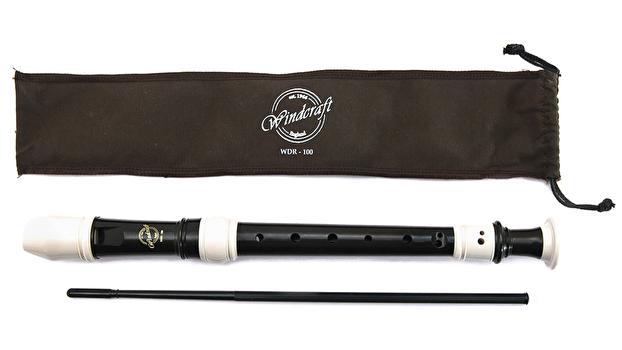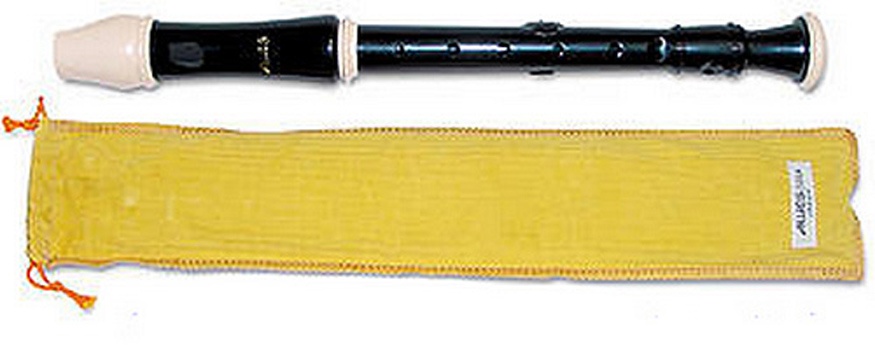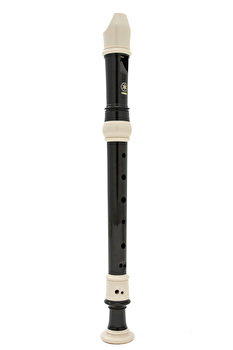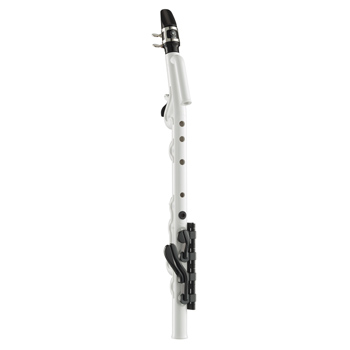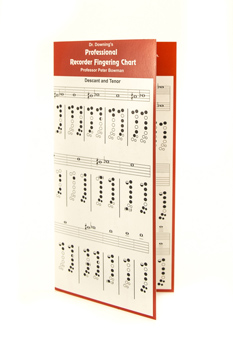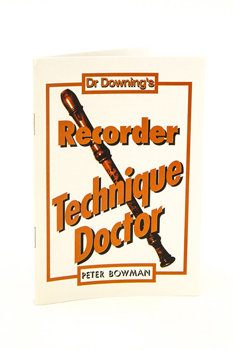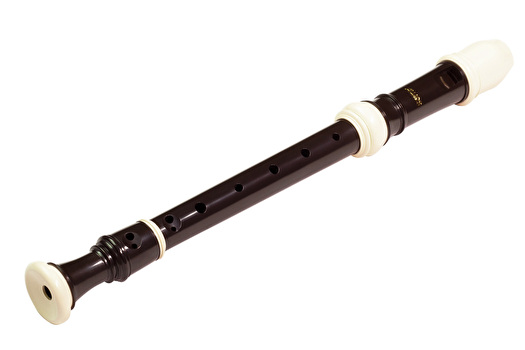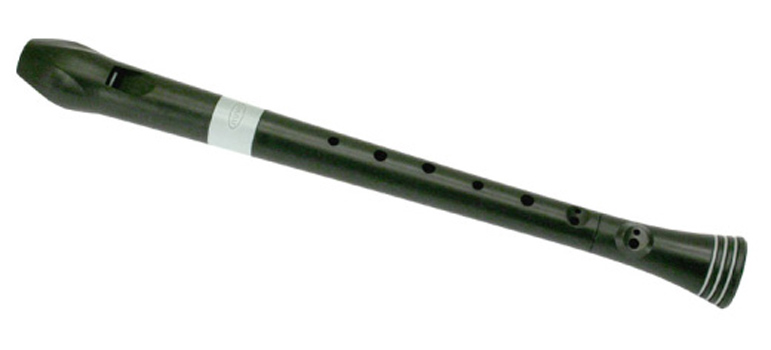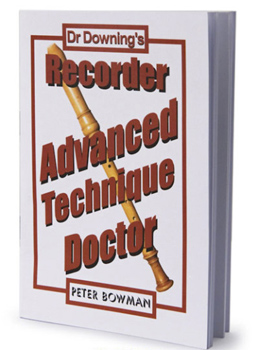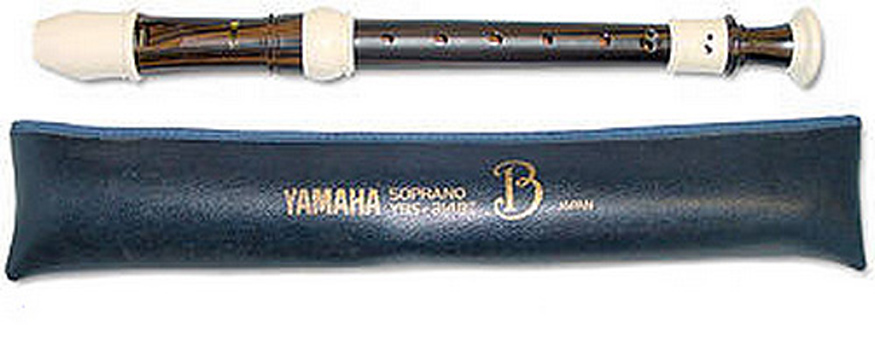- Dr Downing (6)
- Yamaha (8)
- Dr Downing (6)
- Montford (5)
- Aulos (3)
- Percussion Plus (3)
- Windcraft (1)
- Schneider (1)
- Nuvo (1)
Descant Recorders
The Descant Recorder is a woodwind instrument that most people first come across in school. For many people, their first encounter with musical instruments, is learning the Descant Recorder during school music lessons. The Descant Recorder is the third smallest in size of the recorder family. Due to the size and repertoire it is the most common model to being on. It is also the top line in common Soprano, Alto, Tenor, Bass (SATB) type ensembles.
The Recorder was traditionally made of wood or ivory, but growing popularity in schools has meant an increased demand of plastic versions of the instrument too. The plastic version is the most commonly found now, and it makes the instrument and extremely affordable choice.
The first Recorder is thought to have been created in the middle ages and has been a firm feature of lots of baroque and renaissance music. It was revived in the 20th century and has since become very popular with amateur musicians. Although there are many professional recorder players out there, especially for certain types of music.
How is the Descant Recorder played?The recorder is played through a mouthpiece (blowing into it) and is held lightly in the hands in a vertical position. The pitch is controlled by the movement of the fingers up on the holes of the instrument and the sound produced is crisp and clear. Depending on the country and model, the holes on the body of the Recorder vary. Normally there are four on the front and one at the back, however some are designed for the German ‘fingering’ technique and they have five holes. Unlike most other woodwinds in the woodwind family, the Recorder has no reed. This lack of reed makes it much simpler to master, which has made it a very popular choice for children and beginners.
Where is the Descant Recorder played?Thought to be created in Europe, it occasionally features in orchestral pieces - though is far more commonly played only with other recorders in group ensembles. Famous Descant Recorder players include; Edgar Hunt, Daniël Brüggen, Jorge Isaac, Capilla Flamenca, Ricardo Kanji and Bertho Driever.
Some of the most popular recorder pieces are:
- Recorder sonata in F major (HWV 369)
- Recorder Sonata in D minor (HWV 367a)
- Sonata in B minor for flute or recorder and harpsichord
- Sonata in C major for flute or recorder and basso continuo
Here at Dawkes we have a wide range of Descant Recorders available to purchase, perfect for beginners, intermediates and experts. If you’re looking for any help or guidance in choosing the best Recorder for yourself, we’d love to help advise you. Our team are musical experts and will be able to talk you through the different options available.
